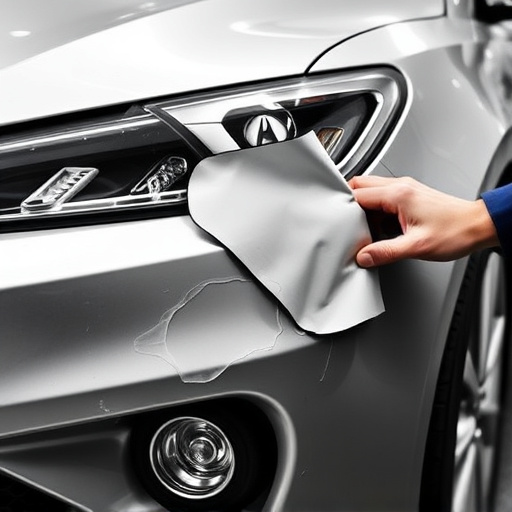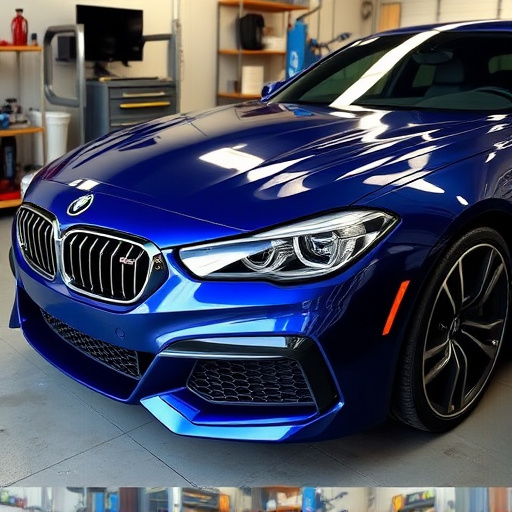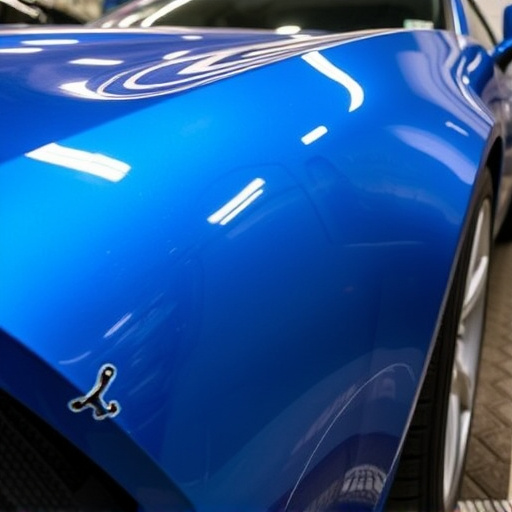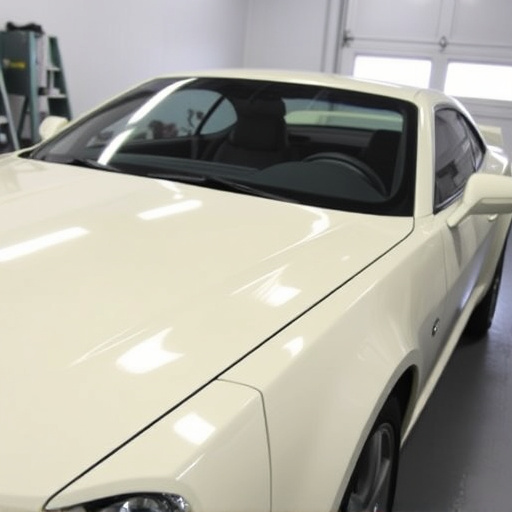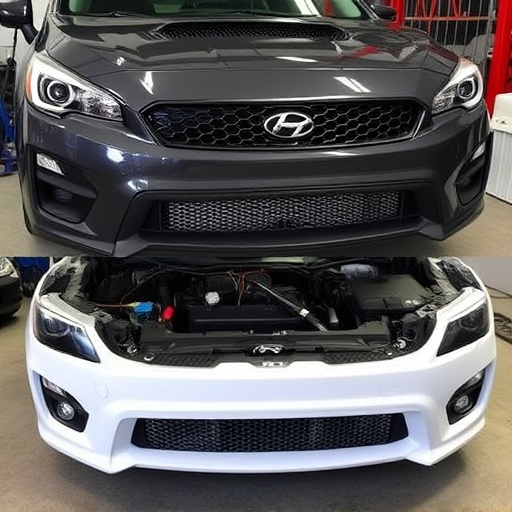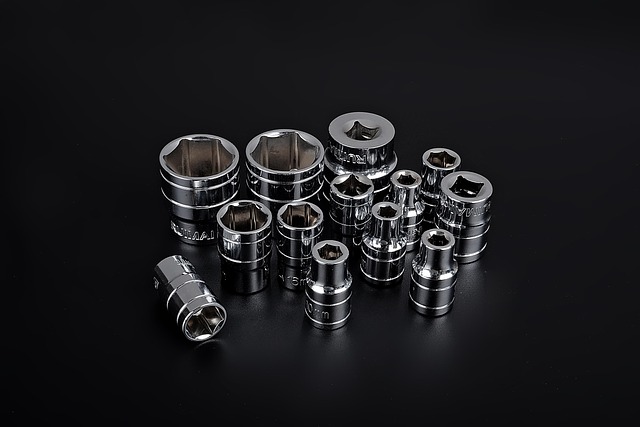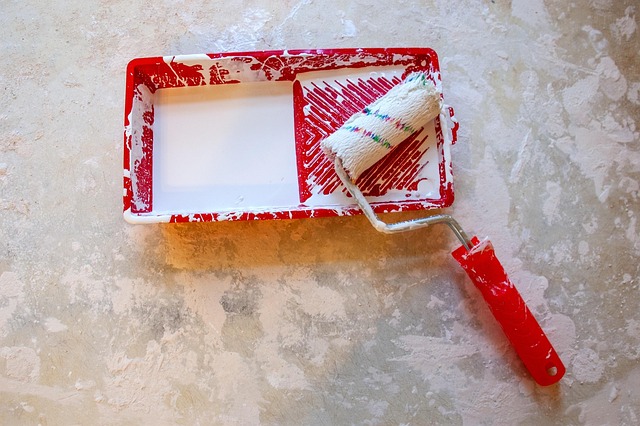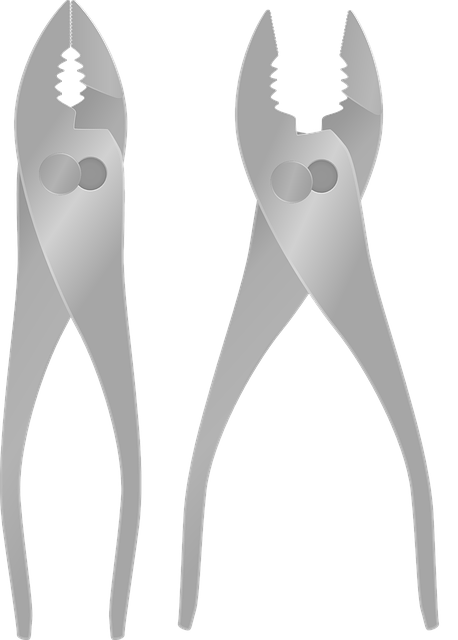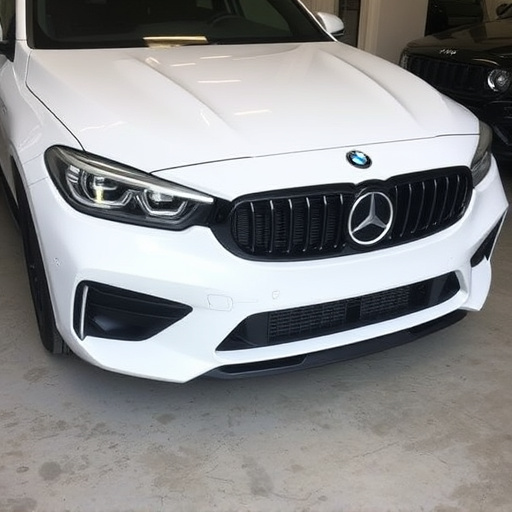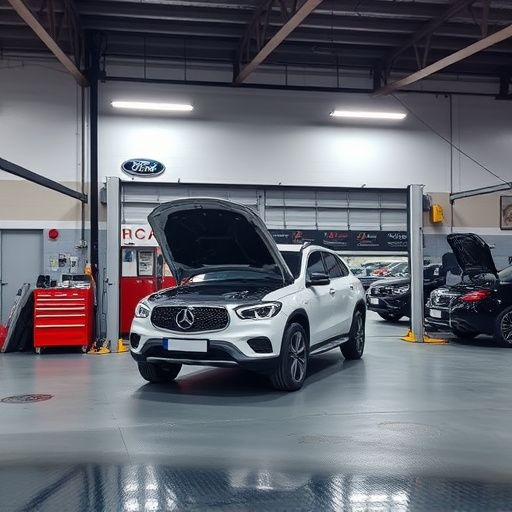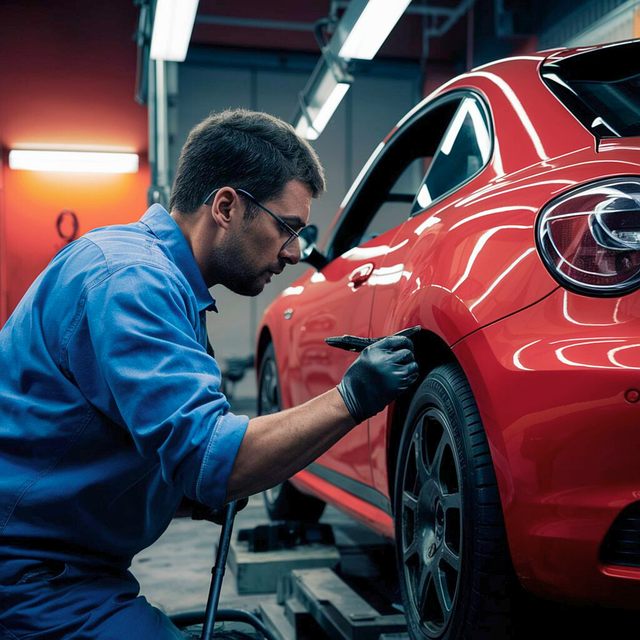Quarter panel dent repair is a specialized auto body service focusing on restoring curved panels between doors and fenders. Technicians use tools like pneumatic hammers and plastic welders to manipulate metal back to its original shape, with methods ranging from replacement to advanced paintless dent repair (PDR). Minor damages can be repaired for $100-$300, preserving the factory finish, while severe cases may require replacement costing $500-$1500. The choice between repair and replacement depends on severity, budget, and personal preference, with repair being cost-effective for minor dents but replacement needed for extensive damage to ensure structural integrity.
“Considering quarter panel dent repair? You’re not alone. This common automotive issue stings, both literally and financially. Before you commit, understand your options: repair vs. replacement. This article guides you through the basics of quarter panel dent repair, delves into a detailed cost analysis, and offers a comprehensive decision-making framework. Discover the factors influencing your choice, from damage severity to long-term costs, and make an informed decision for your vehicle’s health and wallet.”
- Understanding Quarter Panel Dent Repair: The Basics
- Cost Analysis: Repair vs. Replacement
- Factors Influencing Your Decision: A Comprehensive Guide
Understanding Quarter Panel Dent Repair: The Basics

Quarter panel dent repair is a specialized service within the auto body industry, focusing on restoring damage to the quarter panels—the curved panels that cover the sides of a vehicle between the doors and the rear or front fenders. This process involves fixing dents, dings, and creases caused by minor collisions, parking incidents, or accidental bumps. The basics of quarter panel dent repair involve several steps: first, assessing the damage to determine the extent of the repair needed. Technicians then use various tools and techniques, such as pneumatic hammers, plastic welders, and precision tools, to manipulate the metal back to its original shape. This may include popping out and replacing damaged panels or using advanced methods like PDR (paintless dent repair) to restore the quarter panel without replacing the entire part.
Unlike bumper repair, which often involves complex alignment and painting processes, quarter panel dent repair is typically less invasive and more cost-effective for minor damages. Auto body services offering this car body restoration technique are becoming increasingly popular due to their ability to save time and money while maintaining or enhancing a vehicle’s aesthetic appeal. PDR, in particular, is celebrated for its ability to preserve the original factory finish, ensuring that the repaired area blends seamlessly with the rest of the car body.
Cost Analysis: Repair vs. Replacement
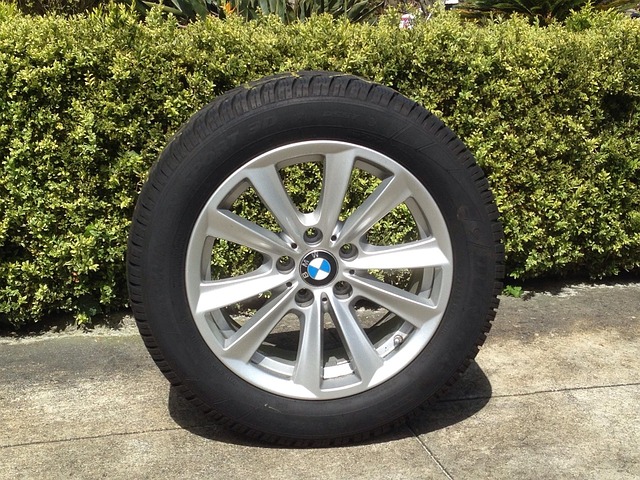
When considering quarter panel dent repair, the primary concern for most car owners is the cost. The financial implications can vary greatly depending on whether a repair or replacement is chosen. In many cases, minor dents that haven’t affected the structural integrity of the vehicle are best repaired. This process involves using specialized tools to remove the dent without damaging the paint or surrounding panels, followed by painting to match the original finish. The cost for this typically ranges from $100 to $300, making it a significantly more affordable option than replacement.
On the other hand, if the damage is severe, impacting the panel’s shape or requiring extensive painting to match the vehicle’s original color, replacement might be necessary. Automotive collision repair shops will either source a new quarter panel or use specialized techniques to mold a new one on-site. Replacement costs can vary wildly but generally fall between $500 and $1500, depending on the make and model of the car, and whether it’s a genuine Mercedes Benz repair part or an aftermarket option. Comparing these options, it’s clear that quarter panel dent repair offers substantial cost savings, especially for less severe damage.
Factors Influencing Your Decision: A Comprehensive Guide
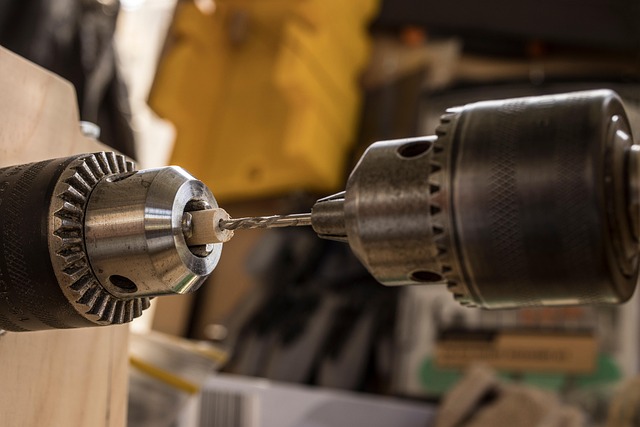
When considering quarter panel dent repair versus replacement, several factors come into play. The primary consideration is the extent and severity of the damage. Minor dents that are shallow and do not affect structural integrity can often be effectively repaired using techniques like painting over or using specialized tools to push out the dent. This option is cost-effective and efficient, making it ideal for those on a budget or with minor cosmetic concerns.
However, deeper or more complex damages may require replacement. If the quarter panel has suffered significant cracking, rusting, or if its alignment is off, an automotive body shop might recommend swapping out the entire panel. While this approach is more expensive, it guarantees a perfect fit and restores structural integrity, which is crucial for safety and long-term durability in auto frame repair. Additionally, the decision should also factor in personal preference, with some opting for replacement to maintain the original aesthetics of their vehicle.
When deciding between quarter panel dent repair and replacement, understanding the cost implications and various factors is key. Repairs offer a more affordable option, preserving your vehicle’s value and original look. However, severe dents or extensive damage might necessitate replacement for safety and aesthetic integrity. Considering materials, labor costs, and long-term benefits, informed decision-making ensures you get the best value for your investment in quarter panel dent repair.
